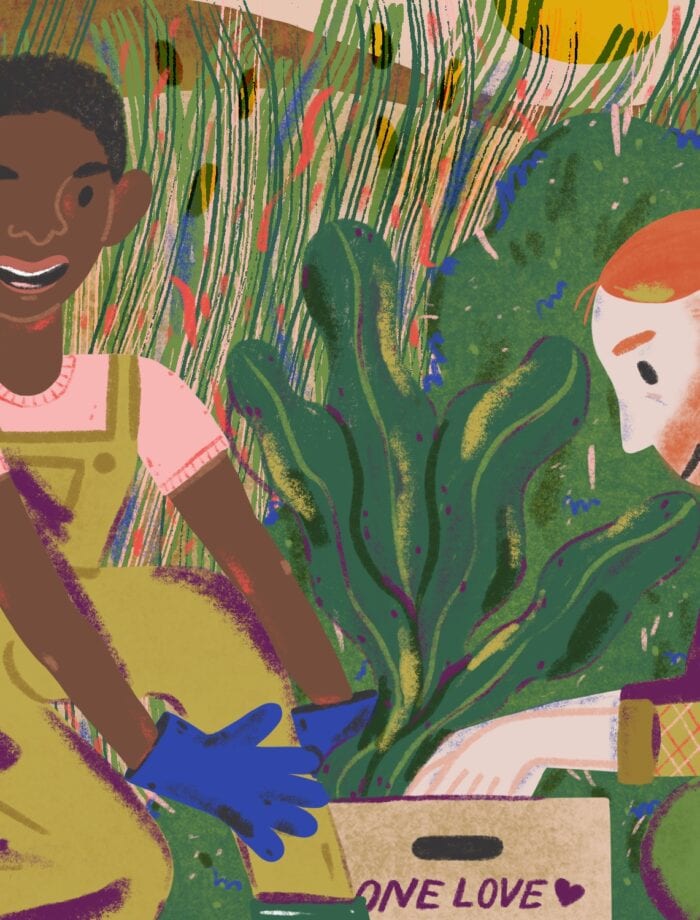Reflecting on a recent trip to Iceland, where the guy and I were on a (working) vacation. I love Iceland, a place I’ve spent significant time, except for the grocery store shopping experience. Grocery store tourism is one of my favorite parts of traveling – I can make precious memories happen in any aisle. It’s really amazing to see different food systems laid out in a new context. However, in Iceland almost everything is packaged within an inch of its life; it pains me to purchase cucumbers wrapped in plastic “for my protection.” But when good quality produce is limited, it’s the best option. I missed my bountiful bulk dry goods and individually accessible produce items. Minimizing non-recyclable purchases while traveling makes a huge difference while continuing a low impact practice.
While some produce is grown in Iceland and other goods manufactured within the country, it is in fact an island and a certain percentage of food is imported, or shipped across far distances, increasing overall consumer prices and lowering quality. Plastic wrapped produce seems like an unfortunate necessity for cooking at home. When searching for a farmer’s market, I can only seem to find the stylish clothing company by the same name…
Minimizing plastic purchases
I may be spoiled by the multitude of food options in Portland, OR but it is a good reminder of the limitations of low waste accessibility and its importance. So how do you keep up with low waste practices when your choices are limited?
1. Stock up on snacks from home.
I try to make as much food from scratch before I hop on a plane that lasts the next couple of days so I’m not reaching for the quickest thing. I made my body weight in this granola for the trip.
2. Specialty shops over grocery stores.
When possible, try buying your bread from the bakery instead of in the plastic sleeve from the supermarket. Not only is bakery bread most likely fresher, it’s probably sold in a minimal amount of packaged material. My favorite bakery in RVK is Brauð og Co, amazing fresh bread and pastries, no plastic wrap. If you eat meat, a butchery might help you avoid those styrofoam trays that live forever. Similarly, if you can find loose fruits and veggies in a farmer’s market or corner store try that out!
3. You can still BYOB (Bring Your Own Bag)!
Most grocery stores in Iceland charge you for your plastic bags, so remember to bring a tote bag! Or reuse other bags you might have collected along your trip. I always try to remember a bag I can stuff into my many other bags, though enough socks is a different story. I also love my BAGGU! It’s super versatile, doesn’t look like a normal tote, and it never smells bad no matter how long it’s been in my suitcase! Perfect for traveling.
4. Opt for multiple produce items in packaging over individually packaged items.
It’s still unfortunately in a package, but purchasing a whole lot of carrots in a plastic bag rather than a few single wrapped cucumbers might give ya more bang for your buck (and less trash of course!)
5. Choose produce that doesn’t need to be packaged!
Avocados, bananas (hopefully), citrus, etc. While the loose produce might not always be great quality, items that come with their own natural packaging (peels and skins) are likely to hold up better during shipping and help limit packaging waste. These do not need to be in a plastic produce bag! Tell your friends.
6. Avoid foods packaged with multiple layers altogether.
Things like cereal almost always sit in a plastic bag inside a cardboard box. Aim to get things in just one layer of packaging to limit these materials.
7. Research what materials are easily recycled or composted in your area.
When buying bulk or loose food is not possible, try to recycle or compost as much of these packaging materials as you can. This is well worth the research!
Traveling is exciting, more so with new grocery store possibilities. But conscious traveling is imperative – especially necessary to help offset your carbon footprint. While the exchange may seem small, continuing a low impact practice in a package-friendly place will help keep you in a thoughtful consumer mindset. You can still make a difference in your purchases, even on vacation! Let’s continue aiming for a low waste practice.
Where do you store your reusable bag when traveling?
Stay hungry,
Hawnuh Lee
Closed Loop Cooking




Such good advice, #6 especially!
Thanks Celia! Yeah something I didn’t really think about at first, but it makes a big difference!